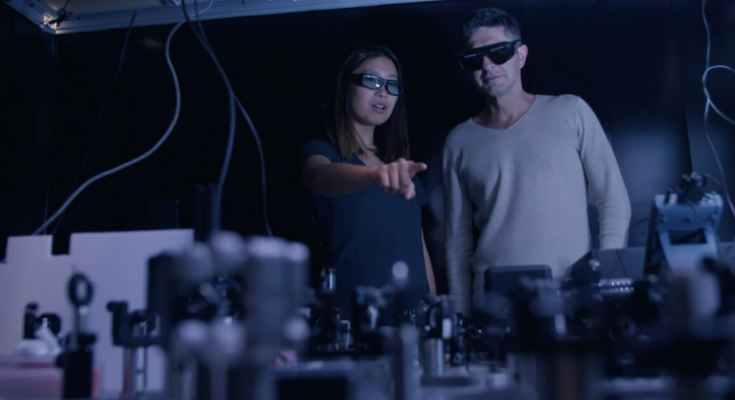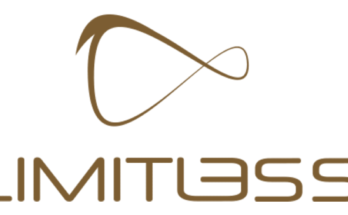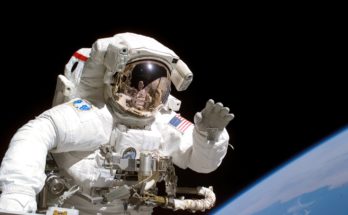Just because, analysts have had the option to record, frame-by-frame, how an electron connects with certain nuclear vibrations in a strong. The method catches a procedure that generally causes electrical resistance in materials while, in others, can cause the careful inverse—the nonappearance of opposition, or superconductivity.
“The way electrons interact with each other and their microscopic environment determines the properties of all solids,” said MengXing Na, a University of British Columbia (UBC) Ph.D. understudy and co-lead creator of the study, distributed a week ago in Science. “Once we identify the dominant microscopic interactions that define a material’s properties, we can find ways to ‘turn up’ or ‘down’ the interaction to elicit useful electronic properties.”
Controlling these collaborations is significant for the mechanical abuse of quantum materials, including superconductors, which are utilized in MRI machines, fast attractive levitation prepares, and might one be able to day change how energy is moved.
At little scales, particles in all solids vibrate continually. Crashes between an electron and a particle can be viewed as a ‘dispersing’ occasion between the electron and the vibration, called a phonon. The dissipating can make the electron alter the two its course and its vitality. Such electron-phonon associations lie at the core of numerous colorful periods of issue, where materials show remarkable properties.
With the help of the Gordon and Betty Moore Foundation, the group at UBC’s Stewart Blusson Quantum Matter Institute (SBQMI) built up another outrageous bright laser source to empower a strategy called time-settled photoemission spectroscopy for envisioning electron dispersing forms at ultrafast timescales.
“Using an ultrashort laser pulse, we excited individual electrons away from their usual equilibrium environment,” said Na. “Using a second laser pulse as an effective camera shutter, we captured how the electrons scatter with surrounding atoms on timescales faster than a trillionth of a second. Owing to the very high sensitivity of our setup, we were able to measure directly—for the first time—how the excited electrons interacted with a specific atomic vibration, or phonon.”
The scientists played out the examination on graphite, a crystalline type of carbon and the parent compound of carbon nanotubes, Bucky balls and graphene. Carbon-based hardware is a developing industry, and the dispersing forms that add to electrical opposition may restrict their application in nanoelectronics.
The methodology use a novel laser office brought about by David Jones and Andrea Damascelli, and created by co-lead creator Arthur Mills, at the UBC-Moore Center for Ultrafast Quantum Matter. The study was additionally bolstered by hypothetical coordinated efforts with the groups of Thomas Devereaux at Stanford University and Alexander Kemper at North Carolina State University.
“Thanks to recent advances in pulsed-laser sources, we’re only just beginning to visualize the dynamic properties of quantum materials,” said Jones, a teacher with UBC’s SBQMI and branch of Physics and Astronomy.
“By applying these pioneering techniques, we’re now poised to reveal the elusive mystery of high-temperature superconductivity and many other fascinating phenomena of quantum matter,” said Damascelli, logical chief of SBQMI.
Disclaimer: The views, suggestions, and opinions expressed here are the sole responsibility of the experts. No Just Examiner journalist was involved in the writing and production of this article.




